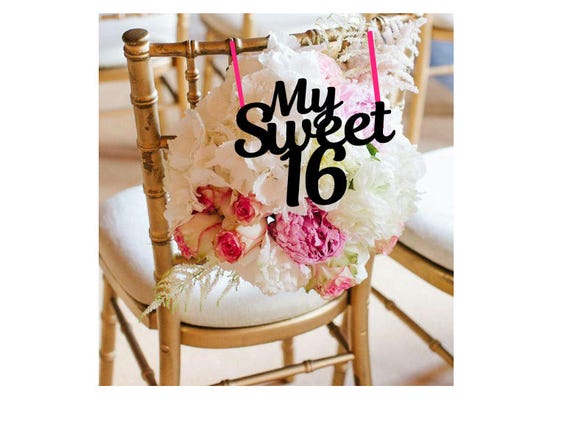The Tradition of Decorating Graves in Mexican Culture

Introduction to Mexican Grave Decoration Tradition

In the vibrant tapestry of Mexican culture, the tradition of decorating graves during special occasions stands out as both a profound and visually striking practice. Far from mere decoration, this tradition is deeply rooted in the country’s heritage, reflecting the complex relationship Mexicans have with life, death, and the afterlife. This post aims to explore the historical roots, cultural significance, and modern practices of decorating graves in Mexican culture.
Historical Roots of Grave Decoration

The tradition of grave decoration in Mexico can trace its lineage back through centuries:
- Pre-Columbian Era: Before the Spanish conquest, indigenous civilizations like the Aztecs and Mayans celebrated life cycles through various rituals. The concept of death was not viewed as an end but as a continuation, where the departed were still considered part of the community.
- Influence of Catholicism: With the arrival of Spanish colonizers, the indigenous beliefs melded with Catholic traditions, leading to the syncretic celebration known today as Día de los Muertos or Day of the Dead. This fusion was crucial in shaping how graves are decorated today.
Cultural Significance

Here’s why the tradition holds deep significance:
- Honoring the Dead: Decorating graves is a way to honor those who have passed, acknowledging their journey to the afterlife. It’s a form of remembrance that reinforces familial bonds beyond physical presence.
- Celebration of Life: Contrary to Western views of death as morbid, Mexicans celebrate the cycle of life and death with vibrancy, color, and joy. Graves become canvases where art, music, food, and flowers come together in a festive commemoration.
- Spiritual Connection: This practice is not just about remembering the dead but also believed to invite their spirits back to partake in the earthly festivities, creating a spiritual link between worlds.
Elements of Grave Decoration

Traditional elements used in grave decoration include:
| Element | Symbolism |
|---|---|
| Cempasúchil (Marigold) | To guide the spirits with its scent and vibrant color |
| Papel Picado | Paper cutouts symbolizing the wind and ephemerality |
| Candles | To light the way for the spirits |
| Calaveras (Skulls) | Symbolize the cycle of life and death, often seen in sugar or clay form |
| Food Offerings | Offerings of favorite foods, drinks, and pan de muerto to nourish the spirits |
| Photos | To remind visitors of the departed’s life and personality |

Each element is carefully chosen not just for its beauty but for its deep symbolic meaning.
How Grave Decoration is Practiced Today

While the tradition retains its core elements, it has evolved with time:
- Community and Family Effort: Decorating graves is often a collective activity, bringing families and communities together to clean, decorate, and share memories.
- Adaptation to Modern Life: With urbanization, some city cemeteries have communal altars. Families still visit to decorate but can share in larger group celebrations.
- Ecological Considerations: There’s an increased awareness of environmental impact, leading to the use of biodegradable materials for decorations.
⚠️ Note: When participating in grave decoration, always be respectful of the traditions and the spaces. Avoid interfering with other families' personal altars or offerings.
The Role of Cemeteries

Cemeteries during these celebrations transform into:
- Spaces of Celebration: Families come with picnics, music, and stories, turning the day into a joyous reunion.
- Community Gatherings: Beyond immediate family, the entire community participates, fostering a sense of belonging and shared heritage.
- Safe Havens: With the belief that spirits return, cemeteries become safe havens where the living and dead mingle in harmony.
In summary, the tradition of decorating graves in Mexican culture is a beautiful testament to the country's reverence for life, death, and the spiritual bonds that transcend both. From its deep-rooted history, evolving practices, and the meaningful elements used, this tradition continues to thrive as a vivid celebration of both the past and the continuity of life.
Why is marigold used in grave decoration?

+
Marigold, or cempasúchil, is used because its strong scent is believed to attract and guide the spirits of the deceased back to the world of the living, its vibrant color symbolizing the sun’s warmth.
Is grave decoration only for Día de los Muertos?

+
No, while Día de los Muertos is the most famous occasion, graves are decorated for other holidays like All Souls’ Day, birthdays, or even anniversaries of deaths.
Can tourists participate in grave decoration traditions?

+
Yes, but with sensitivity and respect. Visitors should observe without intruding on personal spaces or taking items from altars, and they might participate in communal celebrations or volunteer in clean-up efforts if invited.
What’s the symbolism behind the use of skulls in grave decoration?

+
Skulls, or calaveras, symbolize the cycle of life and death, reminding everyone of their mortality. They are often depicted in a playful manner to make death approachable and less fearful.



